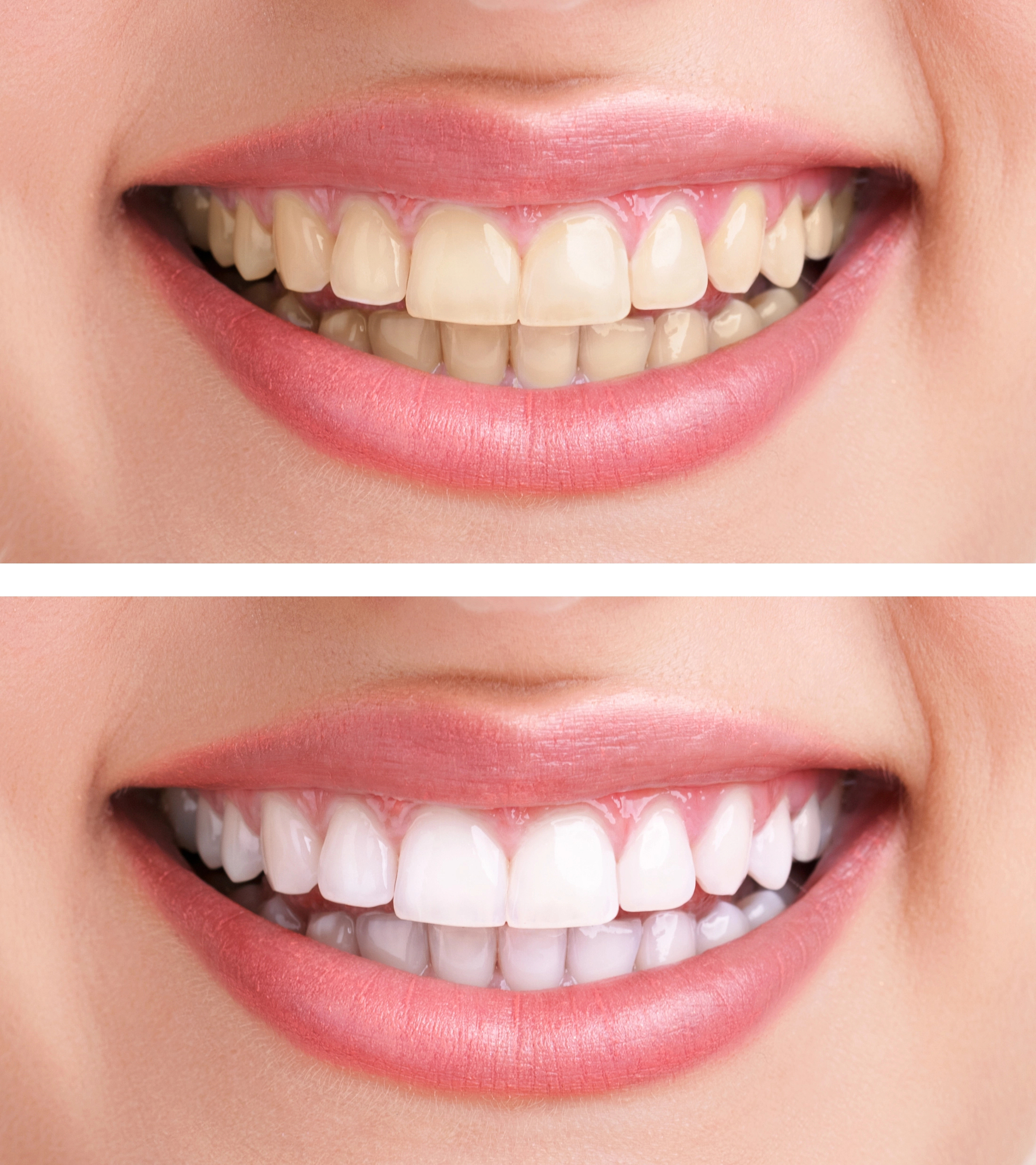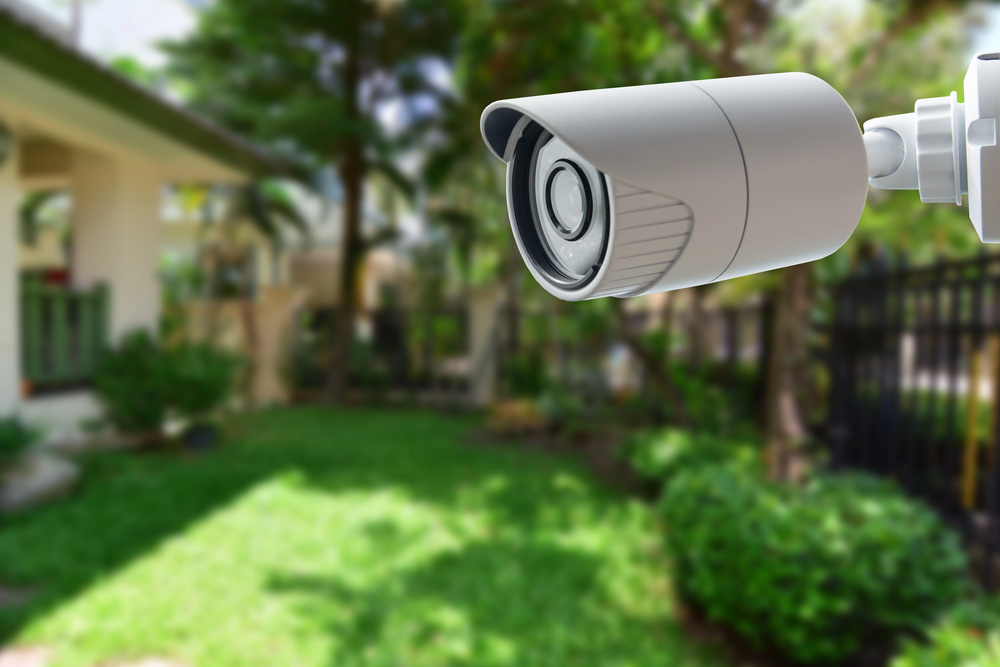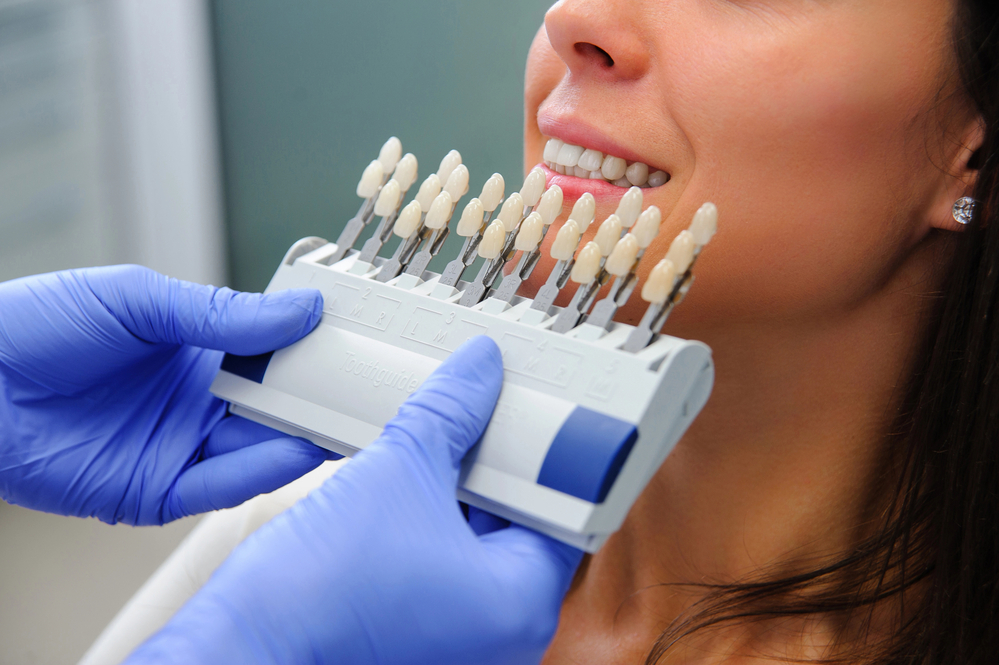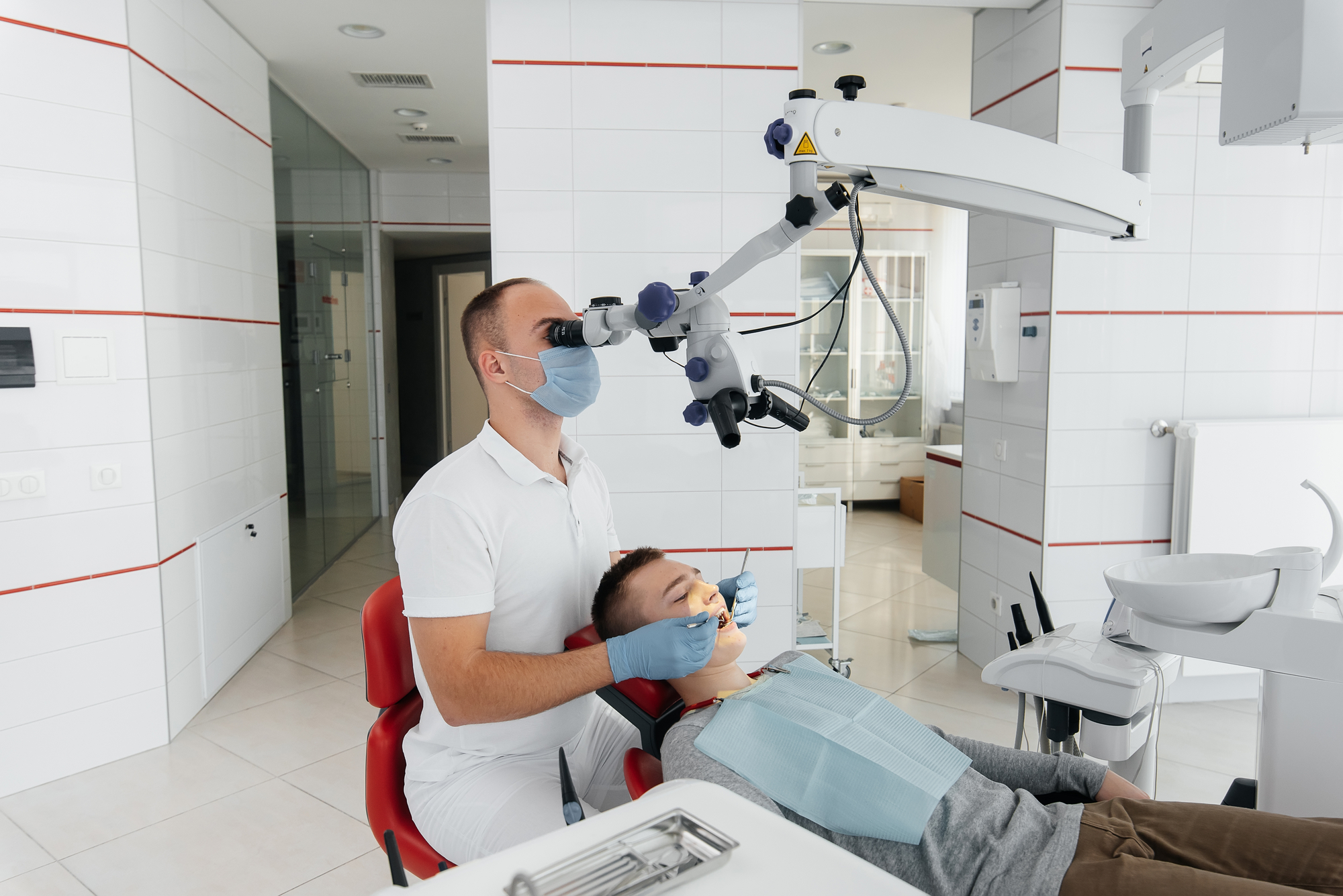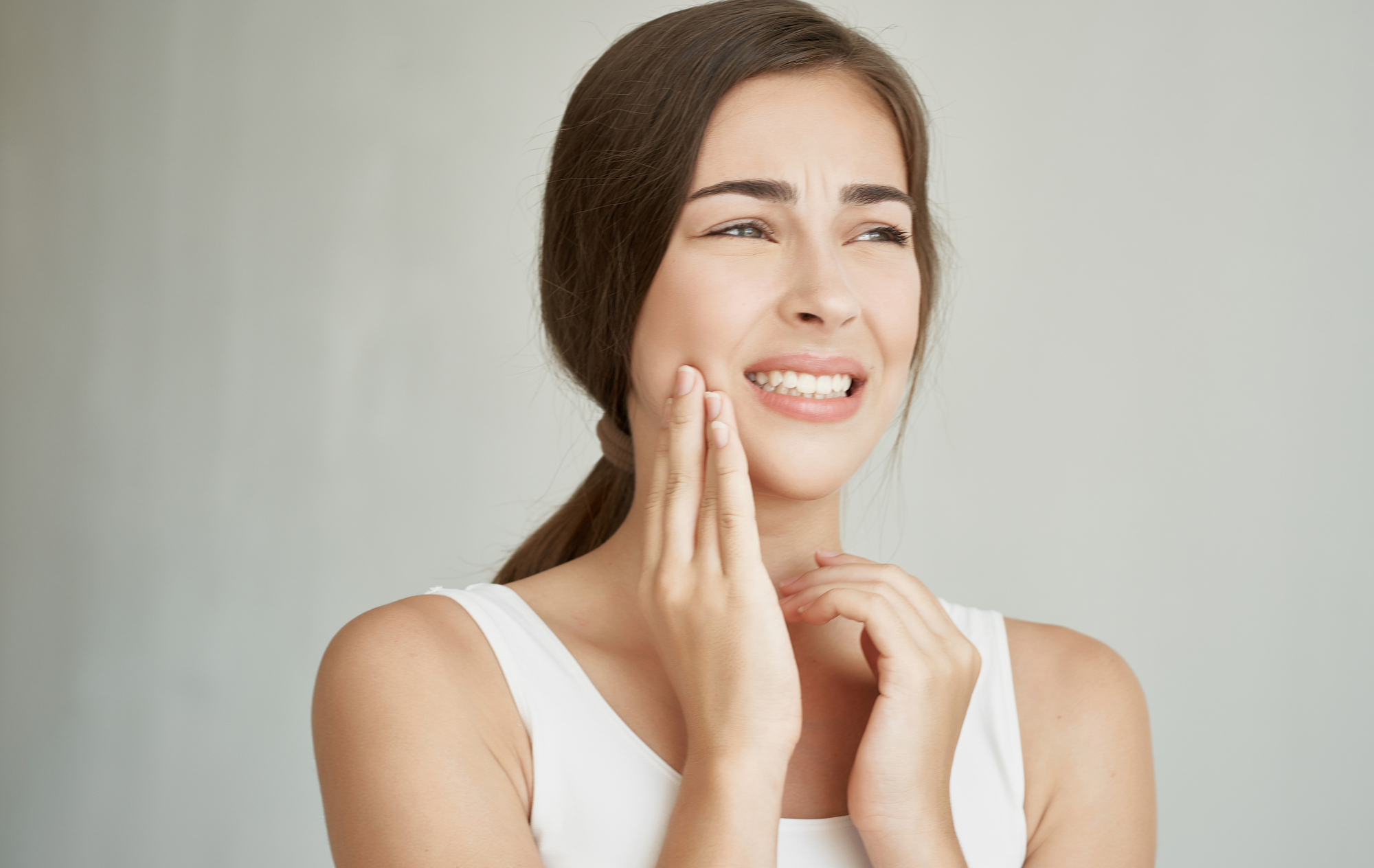Oral care has come a long way from its rudimentary beginnings to the advanced treatments available today. The field of dentistry is continually evolving, driven by technological advancements and an increasing
understanding of oral health’s impact on overall well-being. This article explores the innovations that have transformed oral care treatments, particularly focusing on root canal treatment and the diverse practices of rural and urban dentists.
A Brief History of Oral Care Treatments
Historically,
oral care was a neglected aspect of health. Ancient civilizations relied on primitive tools and herbal remedies to address dental issues. The first recorded dental treatment dates back to 5,000 BC, with evidence of tooth drills made from flint or even animal bones. However, it wasn’t until the 19th century that dentistry began to emerge as a profession, introducing more systematic approaches to oral care.
The introduction of anesthesia in the mid-1800s marked a significant turning point. It allowed dentists to perform complex procedures, such as extractions and fillings, without causing severe pain. As time progressed, dental care continued to advance, leading to the development of specialized treatments for various conditions, including gum disease and tooth decay.
Innovations in Oral Care Treatments
In recent decades, advancements in technology and research have revolutionized the field of dentistry. Today, several innovative treatments and techniques enhance patient care and outcomes.
1. Root Canal Treatment Innovations
Root canal treatment, often perceived with dread due to its association with pain, has seen significant improvements. Traditionally, this procedure involved the removal of infected pulp from the tooth, which could be a lengthy and uncomfortable process. However, modern techniques and technologies have transformed root canal treatment into a more efficient and less painful experience.
The introduction of advanced imaging technology, such as cone beam computed tomography (CBCT), allows dentists to visualize the tooth’s internal structure in detail. This improved imaging aids in accurate diagnosis and treatment planning. Additionally, modern endodontic instruments, including rotary files and ultrasonic devices, have streamlined the procedure, reducing the time spent in the dental chair and minimizing discomfort.
Furthermore, the use of biocompatible materials for filling the root canals has enhanced the long-term success rates of these treatments. With the
evolution of root canal therapy, patients can now expect a higher level of comfort and effectiveness, dispelling the stigma surrounding this essential procedure.
2. Digital Dentistry
The advent of digital technology has significantly impacted oral care treatments. Digital impressions and 3D printing have revolutionized the way dentists create dental appliances, crowns, and bridges. Patients no longer have to endure messy traditional impressions, as digital scans provide precise and comfortable alternatives.
Additionally, the use of computer-aided design and computer-aided manufacturing (CAD/CAM) systems allows for the rapid production of dental restorations. These innovations not only improve accuracy but also reduce the time patients spend waiting for their final restorations, leading to enhanced patient satisfaction.
3. Teledentistry
The rise of telehealth has extended to dentistry, giving birth to teledentistry. This approach allows patients to consult with dentists remotely, making oral care more accessible, especially for individuals in rural areas. Through video consultations, dentists can assess patients’ oral health, provide preliminary diagnoses, and recommend treatment plans without the need for in-person visits.
Teledentistry has become particularly beneficial for patients in rural communities who may have limited access to dental care. By bridging the gap between rural and urban dentists, teledentistry ensures that individuals receive timely advice and treatment options, regardless of their geographic location.
4. Preventive Care and Education
The focus of oral care has shifted from reactive treatments to preventive care and education. Modern dental practices emphasize the importance of regular check-ups, professional cleanings, and patient education on proper oral hygiene. Innovative oral care products, such as fluoride varnishes and dental sealants, are now widely used to prevent cavities and protect teeth, especially in children.
Furthermore, community outreach programs and educational initiatives are being implemented to raise awareness about the importance of oral health. Dentists are not only treating existing conditions but also empowering patients with the knowledge and tools to maintain healthy smiles for life.
The Role of Rural and Urban Dentists
The accessibility and quality of oral care can vary significantly between rural and urban areas. Urban dentists often have access to advanced technologies and specialized training, allowing them to offer a wide range of services. In contrast, rural dentists may face challenges such as limited resources and a smaller patient base. However, many rural dentists are committed to providing high-quality care, often focusing on preventive measures and community outreach.
The collaboration between rural and urban dental practices is essential in addressing disparities in oral care. Urban dentists can share their knowledge and resources with rural colleagues, enhancing the overall standard of care. Conversely, rural dentists often develop strong relationships with their patients, offering personalized care and attention that can sometimes be lost in larger urban practices.
The evolution of oral care treatments reflects a journey of innovation, driven by a commitment to improving patient experiences and outcomes. From advancements in root canal treatment to the integration of digital technology and telehealth, modern dentistry is more efficient and patient-friendly than ever. The
collaboration between rural and urban dentists plays a crucial role in ensuring that everyone has access to quality oral care. As we look to the future, continued advancements in technology and an emphasis on preventive care will undoubtedly lead to healthier smiles for generations to come.


